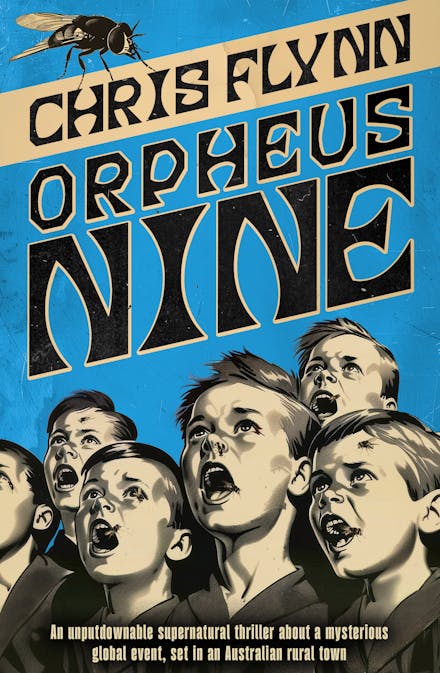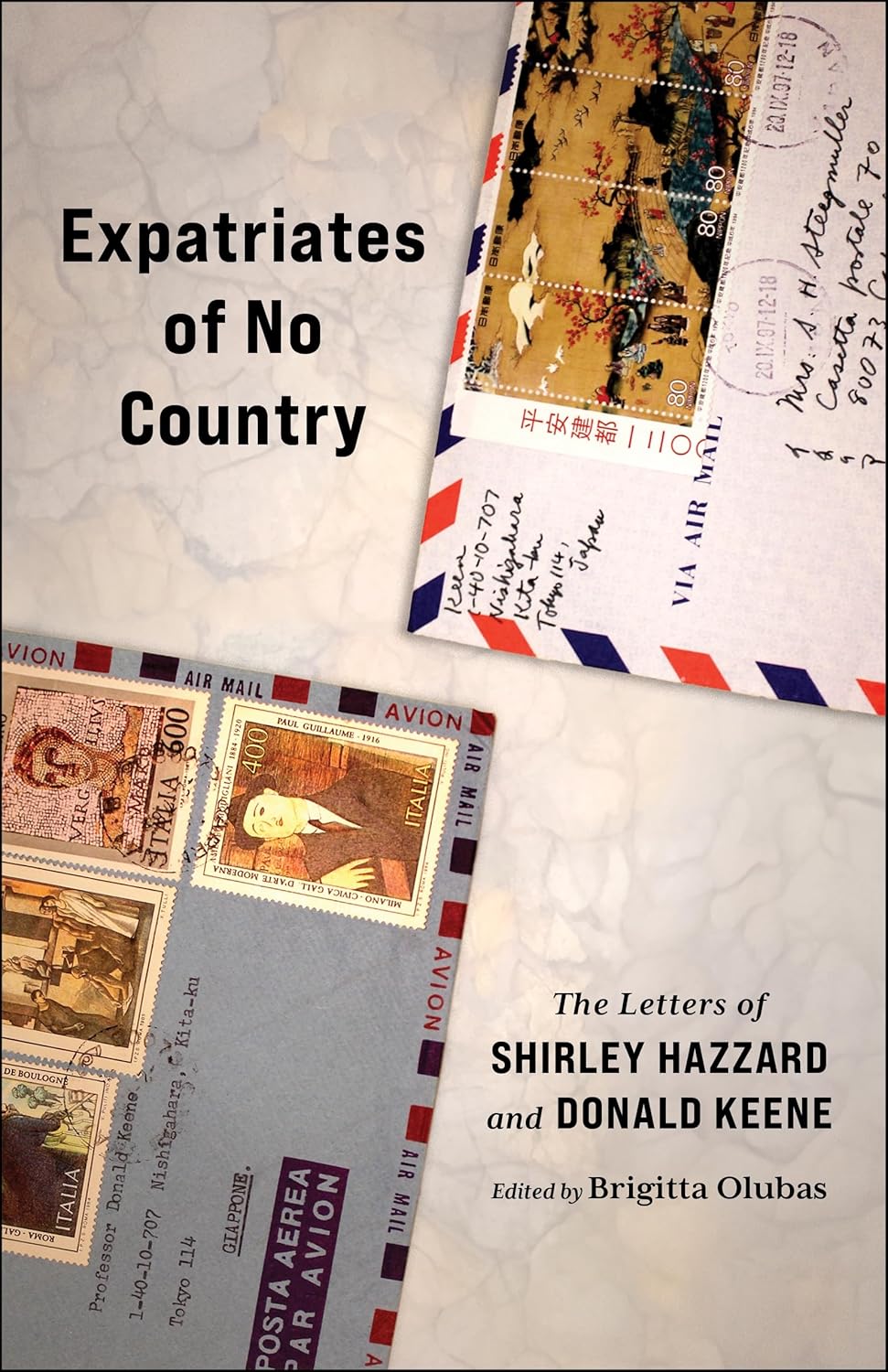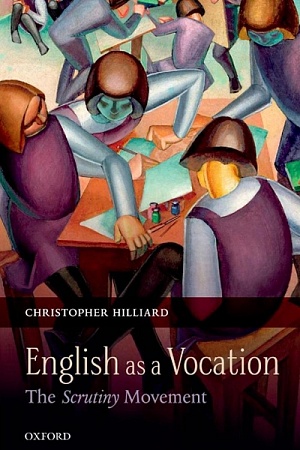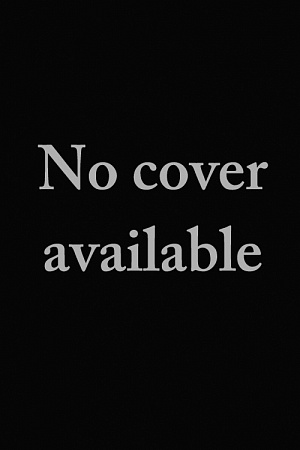The Cambridge History of Australian Literature
Cambridge University Press, $140 hb, 612pp
Tongues of fire
A suitable motto for any prospective compiler of a large-scale history of a national literature might be ‘No Place for a Nervous Editor’ (to adapt the title of Lucy Frost’s study of nineteenth-century women’s journals). A few of the portentous questions for this imagined figure include: how is ‘literature’ to be conceptualised at the beginning of the twenty-first century (witness the Balkan culture war that followed the publication of the estimably inclusive Macquarie PEN Anthology of Australian Literature, 2009); how to balance the different needs and competencies of readers – students at tertiary and secondary level, academic specialists from various disciplines, a diverse non-Australian audience; how to choose contributors who combine scholarly authority with an ability to write jargon-free language for a diverse readership; how to construct a book that will satisfy both the searcher for information about a particular book or topic and the (probably rare) reader who wants to proceed from cover to cover?
Peter Pierce is to be congratulated on finding satisfactory answers to all of these questions. The Cambridge History is indeed a new kind of history of Australian literature, concerned as much with discussing specific books and periods as with placing its various subjects within appropriate cultural, political, and theoretical contexts. Pierce quotes Harry Heseltine’s witticism about Laurie Hergenhan’s Penguin New Literary History of Australia (1988) – ‘it was hard to see the trees for the wood’. His own volume is a commendable balancing act between the conceptual and the specific; the author-study and the cultural taxonomy.
The History has a thoughtful quadripartite structure, which invites the reader to move backwards and forwards between contributions. The first two sections (comprising half of the twenty-four chapters) are concerned with colonial literature and ideas of literature, and with developments from Federation to 1950. The fourth section explores writing and cultural history from 1950 to ‘nearly now’. A reader of, say, Dennis Haskell’s thought-provoking essay on post-1950 Australian poetry might well be drawn back to Peter Kirkpatrick’s examination of poetry and popular culture from 1890 to 1950, and from there to Vivian Smith’s well-informed but rather more conventional essay on colonial poetry, in the first section. This is a journey that might well be taken in the other direction, of course.
Continue reading for only $10 per month. Subscribe and gain full access to Australian Book Review. Already a subscriber? Sign in. If you need assistance, feel free to contact us.














Leave a comment
If you are an ABR subscriber, you will need to sign in to post a comment.
If you have forgotten your sign in details, or if you receive an error message when trying to submit your comment, please email your comment (and the name of the article to which it relates) to ABR Comments. We will review your comment and, subject to approval, we will post it under your name.
Please note that all comments must be approved by ABR and comply with our Terms & Conditions.